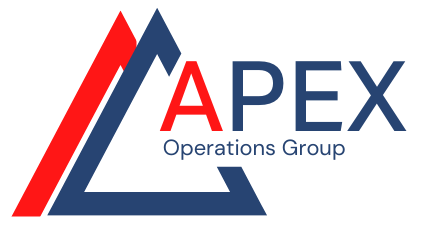Meeting cadence can be as important as the meeting subject.

For small to medium-sized manufacturing companies, time is a precious commodity. Every minute counts, and how it's used can significantly impact productivity and profitability. One area often overlooked but ripe for optimization is meeting cadence. In this blog post, we'll delve into what effective meeting cadence is, why it's essential, and how you can optimize it for your business.
The Importance of Effective Meeting Cadence
Meeting cadence refers to the frequency and rhythm of meetings within an organization. It's about having the right meetings, with the right people, at the right time. An effective meeting cadence can facilitate clear communication, foster collaboration, and drive strategic alignment, leading to enhanced productivity and profitability.
Crafting Your Meeting Cadence
Every business is unique, and there's no one-size-fits-all approach to meeting cadence. Here are some tips to create a meeting rhythm that suits your business:
1. Understand Your Needs: Consider your operational requirements, team size, and the complexity of tasks. For instance, a business dealing with high-risk operations might require more frequent meetings than one with low-risk activities.
2. Set Clear Agendas: Every meeting should have a clear purpose and agenda. This helps keep discussions focused and ensures time is used efficiently.
3. Leverage Technology: Use digital tools to schedule and manage meetings, share agendas, and record minutes. This can help streamline processes and improve transparency.
4. Involve Employees: Encourage employees to contribute to meeting agendas and discussions. This can enhance engagement and lead to more innovative solutions.
Cultivating a Productive Team Culture
A well-structured meeting cadence can set the foundation for a productive team culture. Here are some strategies:
1. Foster Transparency: Regular meetings can ensure everyone is on the same page, reducing misunderstandings and confusion.
2. Promote Accountability: Meetings can serve as checkpoints where team members report progress and address challenges. This fosters a culture of accountability.
3. Encourage Collaboration: Regular interactions can strengthen relationships among team members, promoting a collaborative work environment.
The Power of Regular Status Update Meetings
Regular status update meetings between different teams can prevent communication gaps and cross-functional roadblocks. They allow each team to understand what others are working on, align their efforts, and collaborate more effectively.
Evaluating and Optimizing Your Meeting Cadence
It's crucial to regularly evaluate your meeting cadence and make necessary adjustments. Feedback from team members can provide valuable insights. Digital tools can also help track meeting outcomes, identify patterns, and suggest areas for improvement.
Optimizing your meeting cadence can significantly enhance productivity and profitability. It's about making every meeting count, fostering a productive team culture, and leveraging technology for efficiency. By implementing these strategies, small to medium-sized manufacturing companies can turn meetings from time-wasters into powerful tools for business growth.
Ready to upgrade your meeting productivity? Schedule a Free Call


